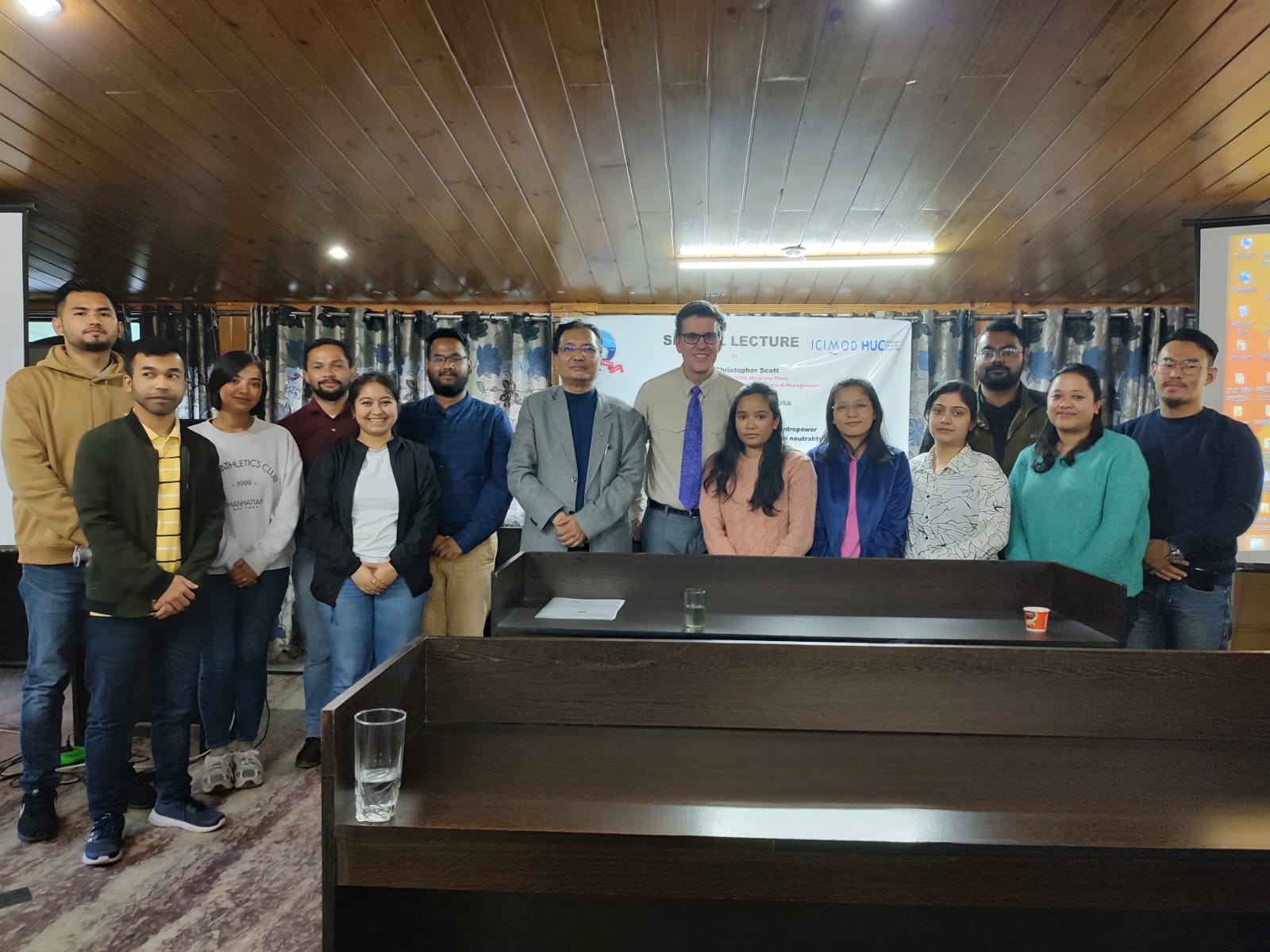1. Context. The hybrid General Assembly Meeting of the Himalayan University Consortium (HUC), originally scheduled for 16–18 April 2025 in Kathmandu and online, was not held. Following a proposal by a combination of the Governance and Resource Mobilization Task Teams, the HUC Steering Committee resolved to conduct an emergency vote by the General Assembly in the latter half of April, enabling members to make key decisions on HUC governance matters (Annex 1).
2. Quorum. As of mid-April 2025, the HUC General Assembly comprised 55 institutional members whose memberships were either current or renewed through written communication between January and the end of March 2025 (Annex 2a). In accordance with the HUC Bylaws (2018), any amendments require a two-thirds majority of the quorum. The quorum is defined as half of the institutional members, i.e., 28, meaning that 19 votes are needed to pass a decision.
3. The Ballot. The HUC General Assembly emergency voting ballot comprised three sections, addressing a key decision on the Consortium’s future, the endorsement of two foundational documents, and other member matters (Annex 2b). All relevant options were clearly outlined on the ballot, and supporting materials — including detailed comparisons between the HUC Charter 2015 and HUC Charter 2025, as well as between the Bylaws 2018 and the 2025 Bylaws Amendment — were provided through active links to facilitate informed decision-making. To ensure broad accessibility, the ballot was made available via online platforms both within China and internationally, with an offline version included alongside the voting invitation. Robust technical safeguards were put in place to uphold the integrity of the process, ensuring that each institutional member with a valid membership could cast a single vote.
4. The Process. From mid-January to early March 2025, the Governance Task Team — comprising HUC fellows and affiliates representing all membership categories, clusters, and cohorts, and co-chaired by two Steering Committee members — drafted revisions to the HUC Charter 2025 and the Amendment to the Bylaws 2025. The draft documents were circulated to Heads of Institutions and to their designated focal persons, where applicable, on 17 March 2025, one month prior to the planned General Assembly meeting, for review and comment. Over the following month, the Secretariat received feedback from members, which the Governance Task Team carefully incorporated into the final documents prepared for voting.
In early April, the HUC Steering Committee reviewed the proposal for emergency voting and the draft ballot prepared by the combined Task Teams, provided feedback, and granted approval. The Secretariat as tasked with coordinating with the technical support teams in Kathmandu and Kunming to align the virtual ballot and to circulate the voting announcement on 14 April 2025. Voting was open from 14 April through 30 April, during which the Secretariat remained available to address member queries related to the voting process.
5. Results and Decisions. By the close of voting on 30 April 2025, a total of thirty-six (36) votes had been cast through online platforms and email submission of offline ballots. All decisions on the ballot were approved by a high to absolute majority (Annex 3). The approved decisions are as follows:
Decision 1: The Himalayan University Consortium will continue to operate as an academic network with its governance structure, decision-making mechanisms, and independent legal status, to be registered in one of the Hindu Kush Himalayan countries where conditions enable international cooperation and mobility.
Decision 2: The HUC Charter 2025 and Amendment to the Bylaws 2025 were endorsed and came into force on 1 May 2025.
Decision 3.1: The membership of five universities was approved (list enclosed, Annex 4a).
Decision 3.2: The candidacy of two nominees for Steering Committee membership was endorsed:
- Professor Dr. Sumit Sen, Head, Department of Hydrology, Indian Institute of Technology Roorkee, Steering Committee member representing India.
- Professor Dr. Khin Maung Sint, Rector, University of Forestry and Environmental Sciences, Steering Committee member representing Myanmar.
Decision 3.3: Existing members of the Steering Committee and its Interim Chairperson were reconfirmed (list enclosed, Annex 4b)
6. Conclusion. The General Assembly emergency voting was prepared through a comprehensive member consultation process, with robust due diligence, and was conducted in a fully transparent manner. As a result, the voting outcomes are validated, and the ensuing decisions were passed with strong consensus. The notably high level of participation — 36 out of 55 members (65%) — and the broad geographical representation, covering all eight Hindu Kush Himalayan countries as well as all associate members with valid or renewed membership, reflect the Consortium members’ strengthened sense of ownership and their growing commitment to international and regional collaboration in academic research and capacity development.
The HUC General Assembly voting process demonstrated transparency, openness, and bottom-up participation as core values and operational principles of the Consortium. The success of the April 2025 emergency voting marks a significant milestone in the Consortium’s transition to independence, as outlined in the HUC Transition Roadmap (2025–2027), and establishes a strong foundation for future sustainability and growth.
List of Annexures
- Annex 1. Members and Co-Chairs of HUC Governance Task Team and Resource Mobilization Task Team
- Annex 2a. List of HUC Institutional Members with Valid Membership as of 1 April 2025
- Annex 2b. The HUC General Assembly Emergency Voting Ballot
- Annex 3. Results of the HUC General Assembly Emergency Voting, 30 April 2025
- Annex 4a. List of new institutional members, effective 1 May 2025
- Annex 4b. List of reconfirmed Executive Committee Members and Chairperson, effective 1 May 2025


